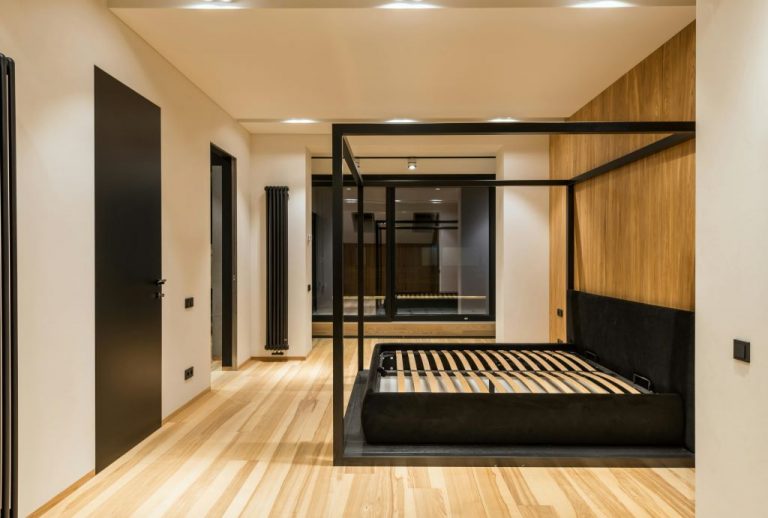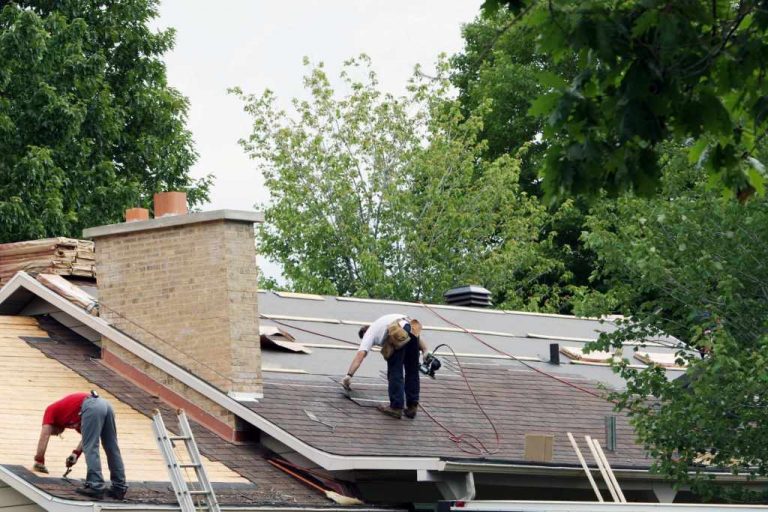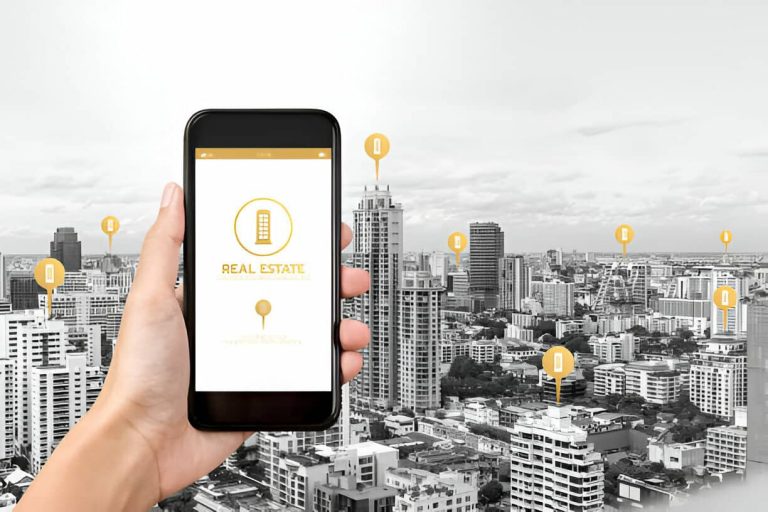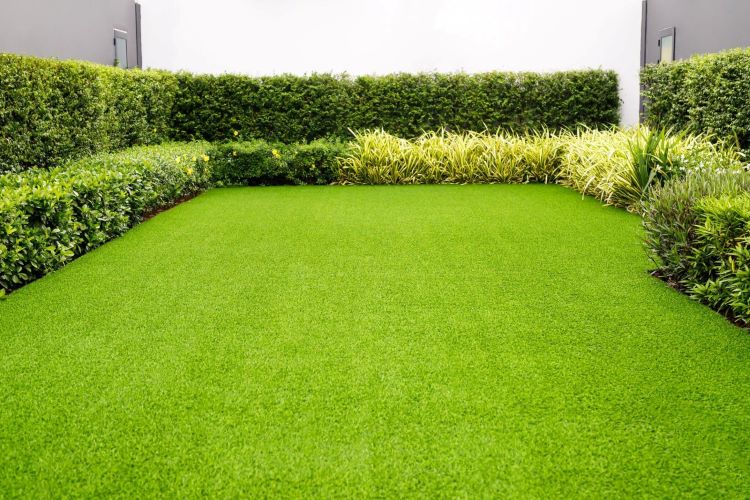In today’s world, where we’re increasingly aware of the challenges we face it is more important than ever to adopt sustainable living practices. One key aspect of this movement is the construction of homes that are eco and have a minimal impact on the environment.
This article explores a blueprint for living by focusing on how to incorporate eco practices into house-building plans.
Understanding Living
Before diving into the details of building eco houses it’s crucial to grasp the concept of sustainable living. Sustainable living means making choices that reduce our impact on the environment and aim to preserve resources for generations.
When it comes to housing sustainable living translates into constructing homes that are energy efficient environmentally conscious and socially responsible. You can hop over this site to find the best interior design services.
Designing an Eco-Friendly Home
Creating an eco home involves incorporating materials, energy-efficient systems, and thoughtful design to minimize our impact on the environment while maximizing energy conservation and overall sustainability.
It takes an approach towards promoting a living space and reducing our carbon footprint.

Site Orientation
The foundation of an eco home starts with selecting the site and considering its orientation in relation, to environmental factors.
Optimizing the positioning of a house, on the property can take advantage of elements such as sunlight and wind thereby reducing the need for artificial heating or cooling. This does not reduce energy consumption. Also enhances the overall quality of living.
Energy-Efficient Building Materials
Using energy-building materials is crucial when constructing a home. It’s advisable to select materials with embodied energy, such as recycled steel, reclaimed wood, or bamboo.
Additionally considering sourced materials can help minimize transportation-related energy costs. This not only lessens impact but also supports local economies.
Energy-Efficient Design
A vital aspect of creating a living blueprint is implementing an energy design. This includes insulated walls, roofs, and floors to minimize energy loss.
Strategic placement of windows and doors can maximize light and ventilation while reducing reliance on lighting and air conditioning.
Harnessing Renewable Energy
Adopting energy sources plays a role in sustainability efforts by utilizing naturally occurring resources, like solar and wind power to generate clean and sustainable electricity.
Embracing this approach helps reduce dependence on nonrenewable resources and mitigates the impact of climate change.
Solar Power Integration
Utilizing solar power integration is one of the ways to make a home eco-friendly by harnessing the sun’s power.
Solar panels can be seamlessly incorporated into the design of a house to produce renewable energy. The advancements, in technology, have made it easier and more affordable for homeowners to embrace this energy source.
Wind Turbines
In areas with wind patterns adding small-scale wind turbines can help supplement the energy needs of a home. These turbines are capable of generating electricity reducing our reliance on energy sources.
However, it’s important to assess the wind potential in your region before investing in this technology.
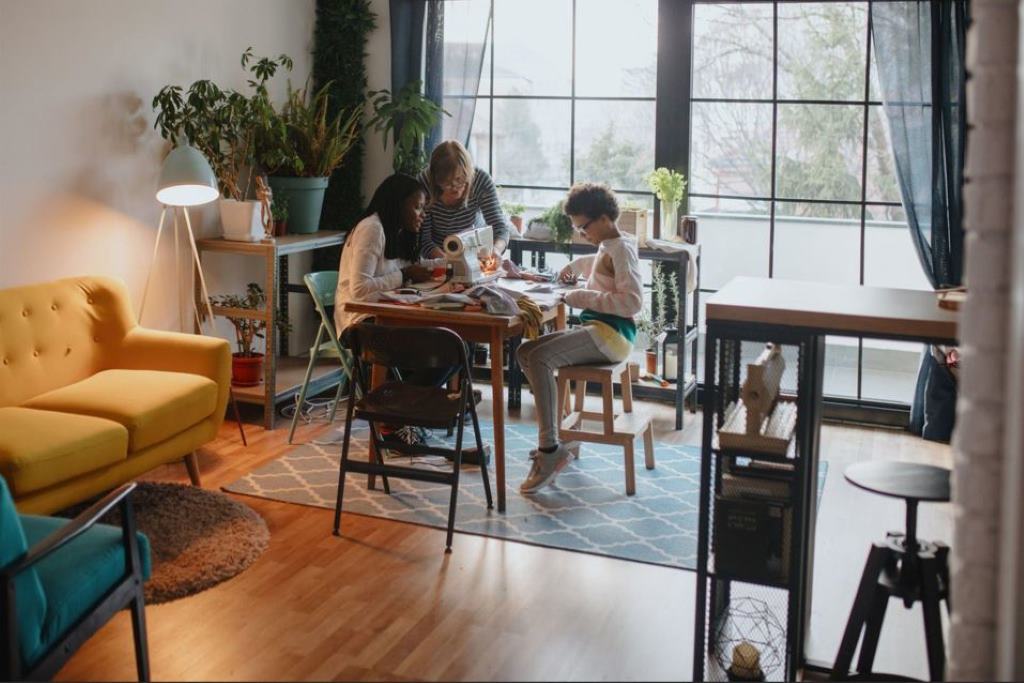
Water Conservation Strategies
To promote sustainability and responsible environmental stewardship implementing water conservation strategies is vital. This involves using irrigation systems adopting low-flow fixtures and encouraging water usage to preserve this precious resource.
These measures contribute towards reducing water wastage and support our efforts in conserving the environment.
Rainwater Harvesting Systems
Given the growing concern regarding water scarcity, it’s crucial to prioritize water conservation as part of living practices.
One effective way is by installing rainwater harvesting systems that allow homeowners to collect and store rainwater for potable purposes such as irrigation, toilet flushing, and cleaning.
This does not reduce dependence on municipal water supplies. Also encourages responsible water management.
Greywater Recycling
Another approach for maximizing resource efficiency is through greywater recycling. Greywater consists of wastewater from sinks, showers, and laundry which can be treated and reused for potable purposes, within the household.
Implementing a system, for recycling greywater is a way to ensure that water is used efficiently which in turn helps with overall water conservation efforts.
Implementing Green Technologies
Integrating eco-innovations, such as panels, energy-efficient appliances, and smart systems is a key aspect of implementing green technologies.
This progressive approach aligns with practices. Contributes to creating a greener and more resilient future.
Smart Home Systems
By incorporating home technologies into residences we can significantly improve their sustainability. Smart thermostats, lighting systems, and energy-efficient appliances all contribute to optimizing energy usage.
Moreover, these systems often provide homeowners with the ability to monitor and control their energy consumption promoting a sustainable lifestyle.
Green Roofing
Green roofing involves the installation of vegetation, on rooftops, which provides insulation and helps reduce the heat island effect in areas. This natural insulation does not enhance energy efficiency.
Also adds aesthetic value to homes. Additionally, green roofs contribute to biodiversity. Help improve air quality.
Prioritizing Indoor Air Quality
Giving priority to air quality entails implementing ventilation systems using low-emission materials and maintaining an environment that reduces pollutants.
This commitment ensures the well-being of occupants by enhancing health, productivity, and comfort within spaces.
Natural Ventilation Systems
Creating an environment is crucial, for sustainable living. One way to achieve this is by using ventilation systems like placed windows and vents that allow fresh air to circulate.
This reduces the need for ventilation benefiting both the well-being of occupants and reducing energy consumption.
Non-Toxic Finishes and Materials
To maintain air quality it’s important to choose nontoxic finishes and materials for the interior of your home. Traditional paints, adhesives, and finishes often release organic compounds (VOCs) into the air. Opting for eco alternatives ensures a living space for everyone.
Community and Social Sustainability
When it comes to sustainability it’s not just about homes but about creating inclusive and resilient communities. This involves initiatives promoting equity and providing accessible resources.
By fostering a living environment with community bonds we can enhance well-being and create a sustainable future for generations to come.

Community Integration
A sustainable approach extends beyond homes and considers their impact on the community as a whole. Designing neighborhoods that prioritize walkability, access to transportation and communal spaces fosters a sense of community while reducing reliance, on transportation. This ultimately helps lower our carbon footprint.
Local Involvement and Job Opportunities
When undertaking a project to build eco houses involving craftsmen and contractors can have positive economic effects, on the region.
This not only supports businesses but also helps reduce the environmental impact associated with transporting labor and materials over long distances.
Conclusion
Incorporating practices into house-building plans is not just a fad, but rather a necessity given the current state of our environment. The sustainable living blueprint outlined above offers a guide for individuals and communities who want to minimize their footprint.
By adopting energy designs utilizing energy sources and prioritizing water conservation and indoor air quality homeowners can play their part in creating a more sustainable and resilient future. Sustainable living is not merely a choice; it’s a responsibility we all bear in safeguarding the planet, for generations.
